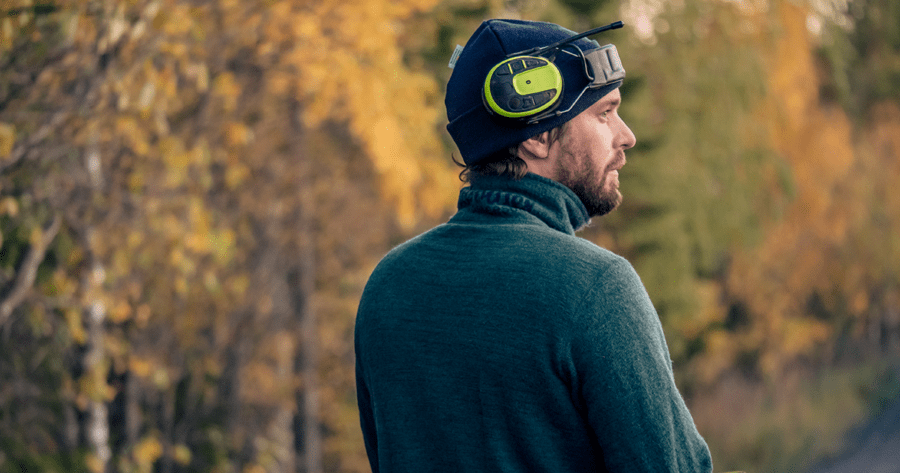
Thermal clothing made from merino wool is a great alternative to polyester and cotton. It keeps you nice and warm during the winter.
Merino wool comes from the merino sheep. This breed of sheep is mainly found in Australia or New Zealand, where it deals with different weather conditions, ranging from extreme heat to painful cold.
But there’s more to this natural fibre than that.
Here are 8 surprising facts about merino wool
#1 Merino wool isn’t scratchy
Nobody will believe you, but merino wool isn’t scratchy.
But no wool is the same, and some are scratchy. When you look at merino wool on a microscopic level, you can see that it is much finer than traditional wool.
Soft wools, such as merino or alpaca wool, are approximately between 17 and 23 microns, while the scratchy wool (e.g. used for Christmas sweaters) is 28 microns or more.

Are you hypersensitive to wool? Put the garment on for five minutes and go do something else in the meantime. You’ll see that your body gets used to it.
#2 Merino wool can be worn for a long time without washing
Merino wool is naturally antibacterial. That means you don’t have to wash it before wearing it again the next day.
The best thing you can do is air out your garment, somewhere with sufficient air circulation and humidity. After a few hours, you will notice that any bad odours have disappeared.
#3 Merino wool can be washed at 60°C
Did you get your garment dirty somehow? Maybe, mud splattered all over it, for example.
Some garments made of merino wool, such as Woolpower, can be washed at 60°C.
That’s a unique advantage for many companies. Since the manufacturer shrinks the wool beforehand, it won’t shrink anymore after that.
Do you wash your clothes at home? Turn the garment inside out and use a wool detergent. These are pH-neutral and do not contain any harmful enzymes.
#4 Merino wool will keep you warm, even if it’s damp
When you sweat and the moisture stays on your skin, you will notice that you cool down as soon as you stop moving.
Wool has the ability to absorb up to 30% of its own volume in moisture. It will also wick the moisture away, so that it’s exposed to the air and evaporates. This way, you stay dry and won’t cool down as quickly.
#5 Merino wool ensures good insulation
Wool has a unique scale-like structure. As a result, it retains quite a bit more (warm) air in the fibres. That’s why wool makes you feel like you’re carrying a personal stove.
Woolpower, which we mentioned in point 3, goes one step further. They use a structure of ‘terry loops’. These are all small loops on the inside of the garment.

Because terry loops have few points of contact with the skin, heat will escape from the skin less quickly. A flat woven fabric has many more contact points so you cool down quickly.
#6 Merino wool is UV-resistant
Merino wool is an excellent choice as a base or middle layer in winter or summer.
It offers good protection against UVA and UVB radiation. Depending on the thickness and density, the UV factor is 40 to even 50+, which is considerably higher than cotton.
#7 Merino wool is wrinkle-resistant
When you put the fibre under the microscope, it looks like a spring.
 |
 |
It is this elasticity that gives a luxurious stretch feeling to your garment. Put your garment in your backpack on the way to work and it’ll still come out looking brand-new
#8 Merino wool is durable
Every year, the merino sheep produces a new layer of wool. This makes the harvest completely natural and sustainable.
The fibre is also biodegradable. So, did you manage to lose track of your work shirt? Within a few years, it will be completely decomposed in the ground. You may have lost your shirt, but the environment will thank you.
Conclusion
Merino wool is a very versatile fibre which, in addition to its moisture-regulating properties, is also sustainable. It’s highly recommended for those who often work outdoors, both in winter and summer.
In addition to underwear and outdoor clothing, various accessories such as socks, balaclavas, or neck warmers are also available in merino wool.